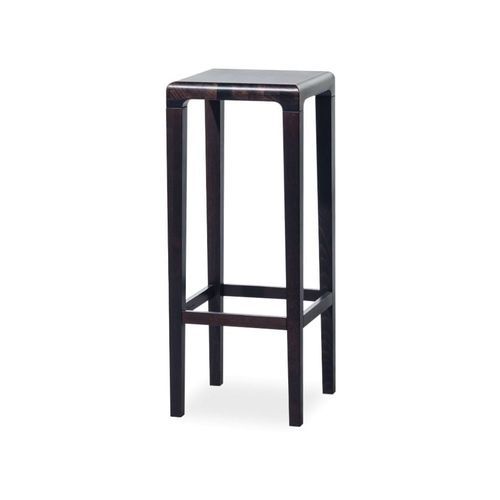Commercial Rangehoods
- Commercial range hoods are a critical component of any foodservice kitchen. All big kitchens are vulnerable to harmful odours, employee negligence, and fire hazards; however, a commercial kitchen hood can avoid most of these problems. They function at an industrial scale to keep the kitchen air clean and free from fire hazards. This is why every restaurant should consider getting their commercial extractor hood from ArchiPro.Why ArchiPro?
No more endless searching -
Everything you need, all in one place.Real projects, real experts -
Work with vetted architects, designers, and suppliers.Designed for Australia -
Projects, products, and professionals that meet local standards.From inspiration to reality -
Find your style and connect with the experts behind it.Start your Project
Start you project with a free account to unlock features designed to help you simplify your building project.
Learn MoreBecome a Pro
Showcase your business on ArchiPro and join industry leading brands showcasing their products and expertise.
Learn More
